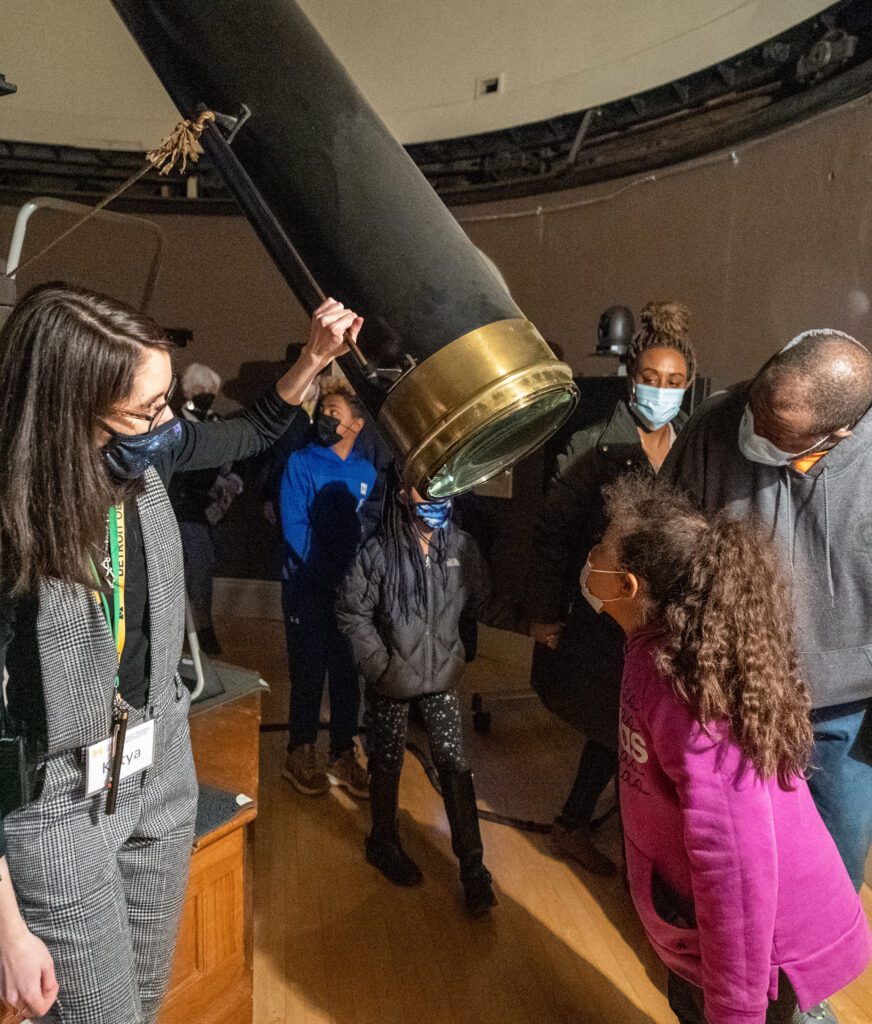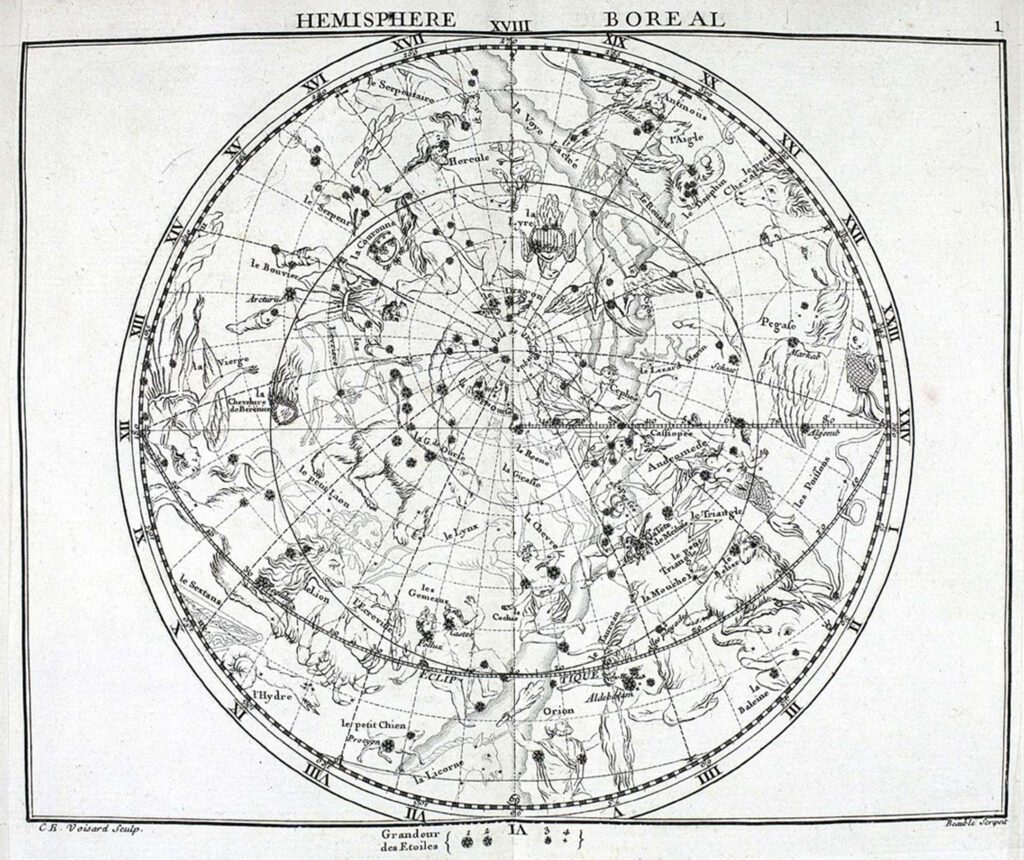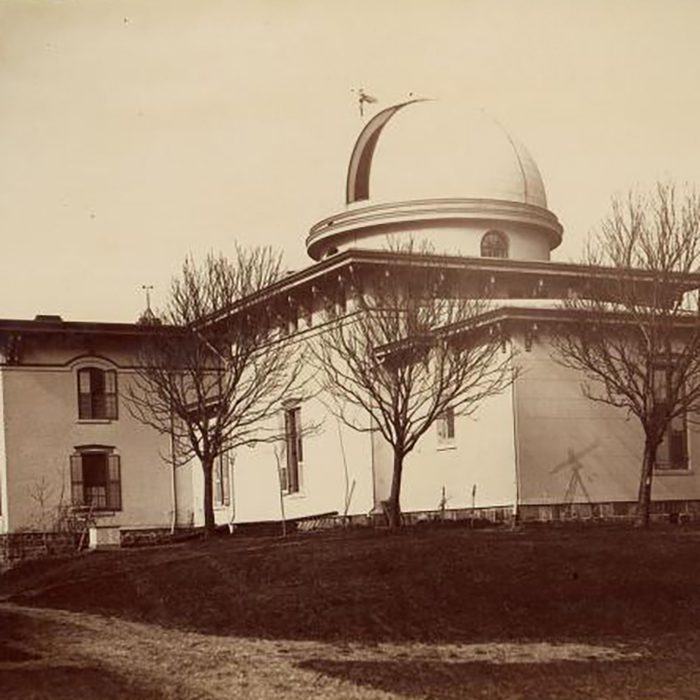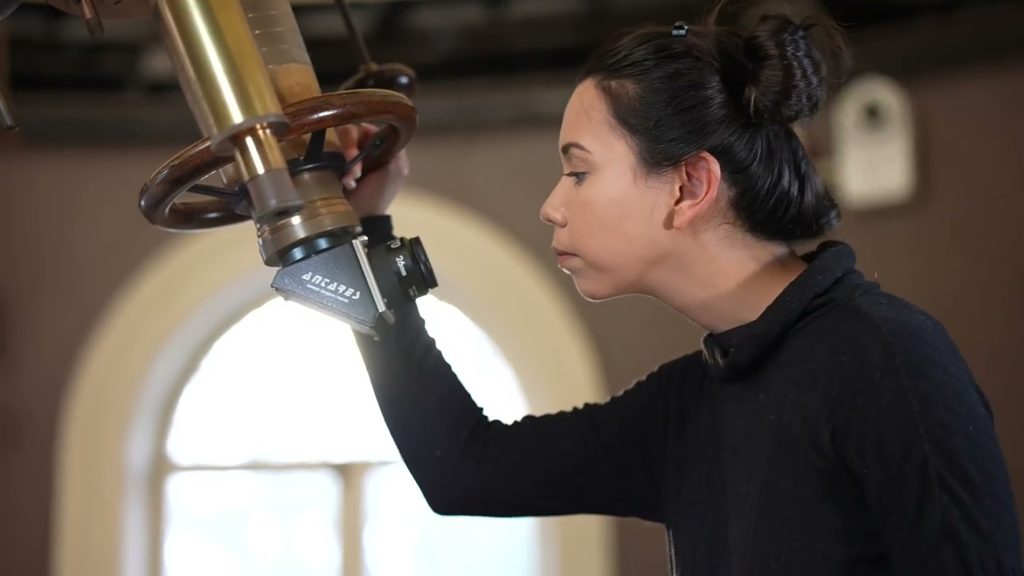Welcome, Greg!We’re excited to welcome Gregory Parker as the new director of the historic Detroit Observatory at U-M! ⭐
“It’s an incredible honor to work here. There are very few historical observatories in the world,” Gregory says. “It’s a window into the history of science, but also into the early days of the university."
A division of the Bentley Historical Library, the Detroit Observatory hosts many history-related events, as well as astronomy nights, which are one of Gregory's favorite parts of working there.
“When you come to an astronomy night, and the sky is clear, you can climb up to the Observatory’s dome and look through the Fitz telescope,” Director Gregory Parker says. “It dates to 1857, so you’re using the same instrument that James Craig Watson used to discover comets and asteroids during the Civil War era... That’s amazing to me.”
Gregory Parker has a great deal of experience in public history programming thanks to his work leading the public outreach activities of the U-M History Department, teaching the “Practice of Public History” course, and serving as the manager of the Eisenberg Institute for Historical Studies. He's excited to share the observatory's history at U-M!
"The Detroit Observatory put U-M on the map as a research institution," he adds. "I’m so proud to be able to share this with the public.”
Please join us in giving a warm welcome to Detroit Observatory Director Gregory Parker! 🎉
(Photo shows Director Gregory Parker in the Judy & Stanley Frankel Detroit Observatory.)
... See MoreSee Less
Join us to discover how the fledgling University of Michigan was shaped by the ceding of Indigenous lands through the Treaty of Fort Meigs in 1817, at an upcoming talk at the Detroit Observatory in Ann Arbor.
Signed on September 29, 1817, the Treaty of Fort Meigs was just the beginning of U-M’s complex history with Michigan’s Native American communities, which will be explored during this talk on Thursday, April 10, at 7:00 PM, by the research team of the 1817 Project.
During this free Making Michigan talk, the 1817 Project research team, including Professor Jay Cook, Professor Michael Witgen, and several postdoctoral and graduate students, will present four snapshots of their research into this history, as part of U-M’s Inclusive History Project.
Their talk will cover over 200 years, from a re-examination of U-M’s origins to a 1971 lawsuit claiming U-M had broken the treaty, and a study of broader patterns of Native American student enrollment.
Everyone is welcome, and this event can be attended in person, or online!
Registration and details can be found here: myumi.ch/W6JMJ
(Image shows Jasper Cropsey’s painting of the early University of Michigan in Ann Arbor, from 1855.)
... See MoreSee Less
Join us to discover how Black medical students helped shape U-M, at an upcoming talk on Thursday, March 27, at 7:00 PM, at the Detroit Observatory in Ann Arbor!
During this free Making Michigan talk, Dr. Tonya Kneff-Chang will explore how the hidden histories of Black medical students are embedded in everyday spaces on U-M’s campus, by sharing details from a series of walking tours that she has created.
We’d love to see you there! Everyone is welcome, and this event can be attended in person, or online.
Registration and details can be found here: myumi.ch/D8G4R
... See MoreSee Less








